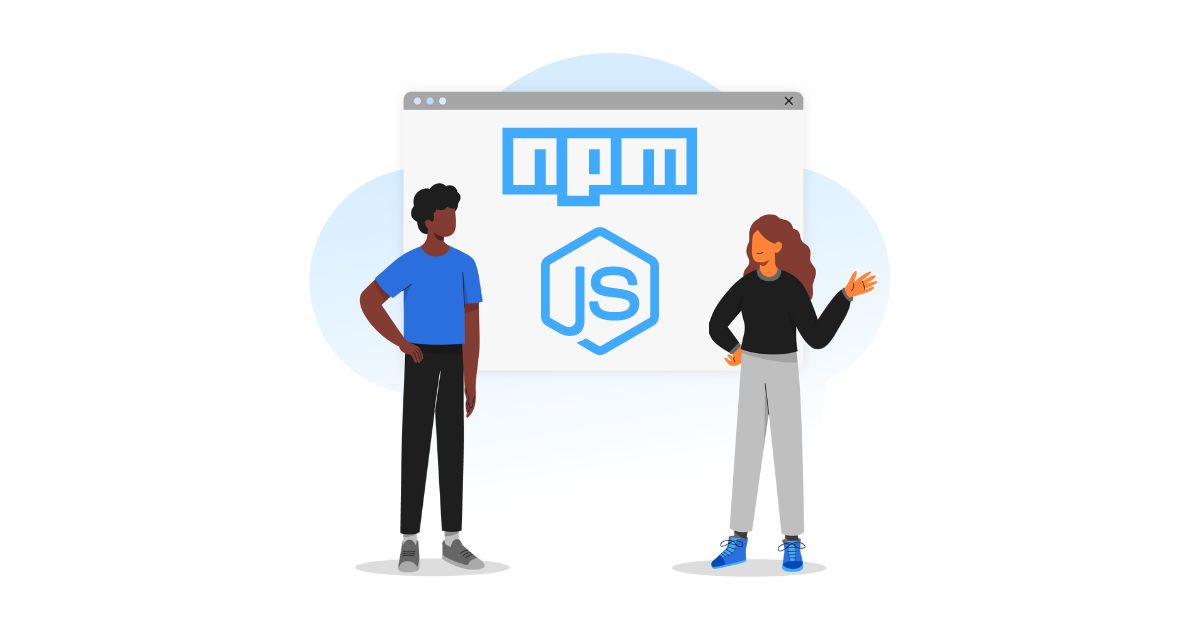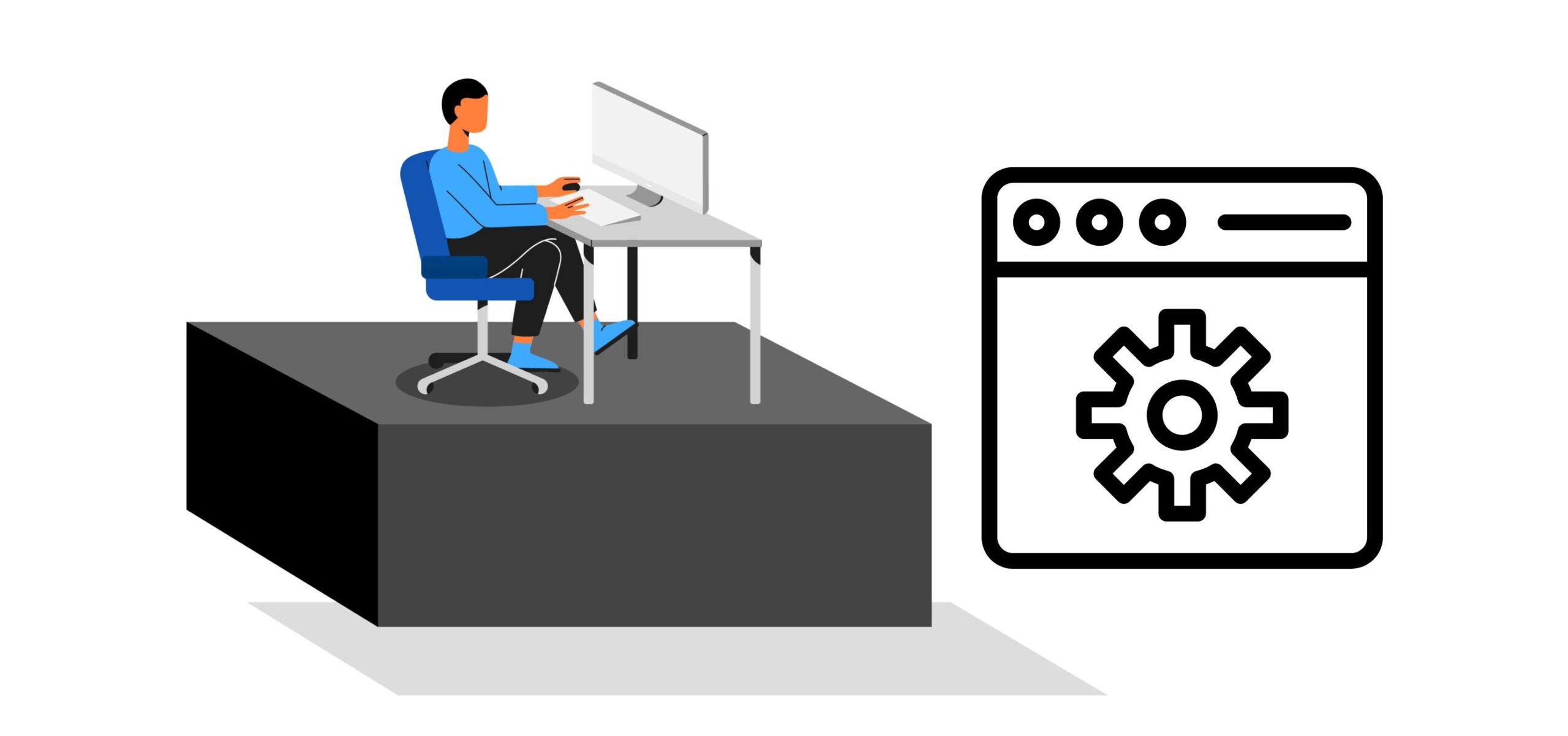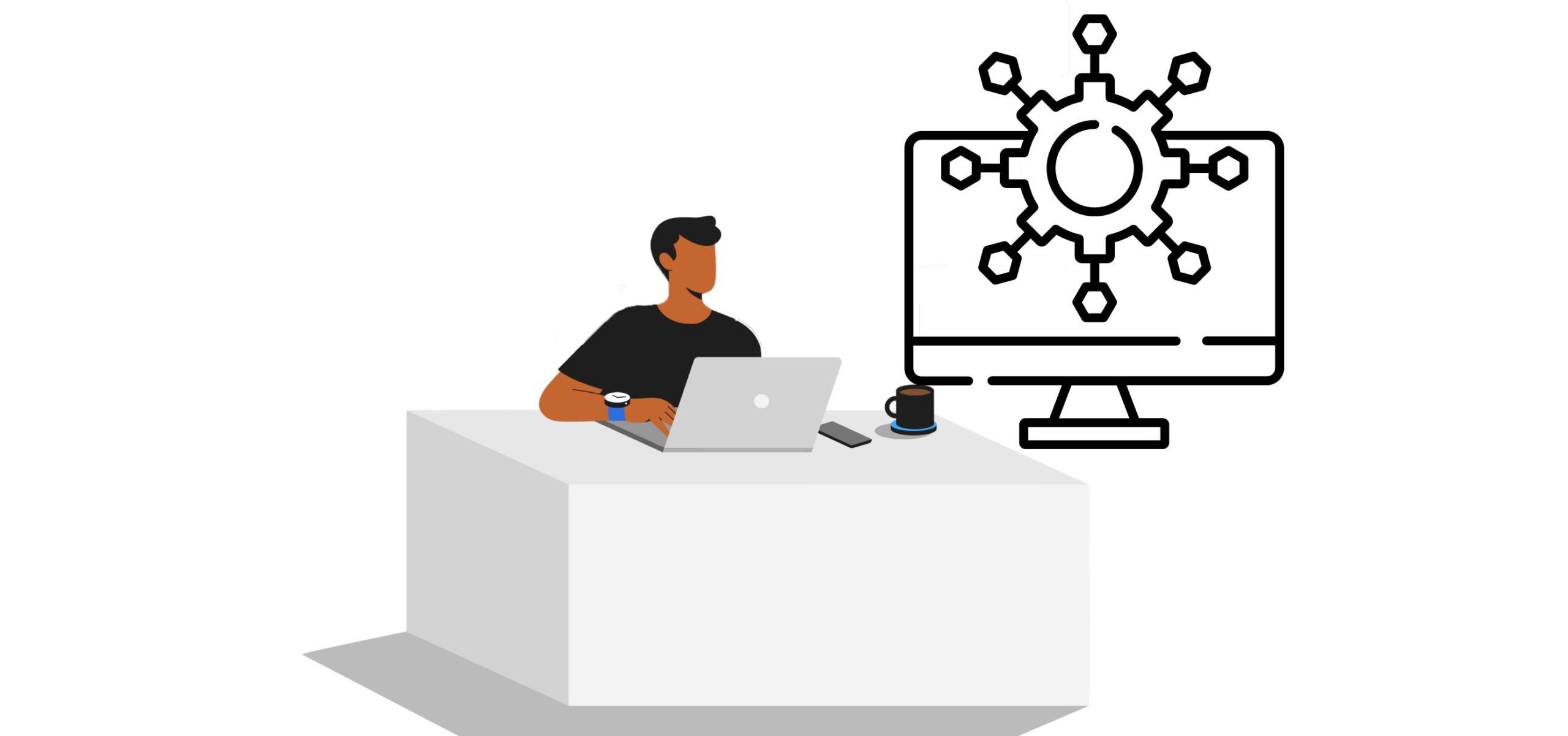How to Simplify Code Complexity: Avoid These Complexity Pitfalls
Every developer loves working on code that’s simple to read and understand. But obtaining this level of code simplicity isn’t always easy. Why? Code complexity is not evident to developers or the development team until it advances through levels.
Developers spend a lot of time developing their code and spend even more maintaining it. In addition, since the project goals and functions vary over time, the codebase generally expands and evolves through the process.
Whenever a developer examines the code in the later stages, they come across many lines of unnecessary code. By this time, the code has often become so complex that the developers cannot fix it.
This post shares six tips to help developers understand code complexity and simplify their code. Let’s get started.
Defining code complexity

Code complexity
Code complexity is a term used to describe a set of features in your code. These features decide how your code interacts with other code.
Code complexity could be essential or accidental.
Essential complexity:
Essential complexity is almost reasonable. The developer adds code to an existing program for adding new features to make it user-friendly. And these changes lead to an unintentionally complex code.
Accidental complexity:
Accidental code complexity is a common issue in software design and arises from a mismatch between UI design and user behavior. Accidental code complexity isn’t evident to the end-user. However, this does not mean a developer can ignore it.
Unintentional code complexity can hinder the development of new features that must connect with existing designs. In addition, it reduces productivity as it requires considerable onboarding time for new software developers.
What makes a code complex?
A complex code can make the codebase heavy to comprehend. To assess code complexity, developers can consider parameters like readability, ease of understanding and, keeping track of a system.
When developers try to design the “ideal” system or mistakenly develop a complex architecture that is tough to refactor, they mostly waste their time.
In some cases, code complexity is a result of inaccurate coding techniques. For instance, software developers like to keep up with the latest languages and toolsets.
However, what’s good for your developer resume may not always be suitable for real-world coding!
To put it simply – Prioritizing newer solutions over tried-and-tested approaches is not always a good idea from an architectural, engineering, or design standpoint.
The software development process becomes complicated by overly simplistic and stringent testing criteria. Developers must understand that unrestricted testing policies in code modifications can lead to development issues in later stages.
How to simplify code?
No code is easy to write when building a feature-rich application or software.
And this is where code complexity comes into the equation. Therefore, a developer must be very cautious while writing a new code, testing, or upgrading one to avoid complexity.
Here are a few pointers that can simplify the code and reduce code complexity.
-
Is decoupling necessary for your code?
Decoupling code is a terrific way to give yourself more flexibility when you need it. However, every time you decouple your code, you add complexity to the equation.
Decoupling makes large-scale refactoring hard to implement. This factor compels engineers to create designs that obscure the big picture due to highly fragmented architecture.
Consider decoupling a compromise between the ease of a specific application and the broader system’s simplicity, and calculate if decoupling is necessary every time. -
Adopt minimalism
The more dependencies a project has, the more complicated a system becomes. And so, only introduce dependencies and side effects if you need them in the project.
Reduce code complexity: Adopt minimalism
Libraries are dependencies that developers use to avoid coding. Despite this, libraries add to the complexity of your system by taking away your control.
They might cause compatibility issues and slow down or even crash your computer.
If possible, developers should replace libraries with a few basic lines of code to simplify the code. Ideally, leave them out.
If that isn’t feasible, ensure that the libraries are very apparent in the code. -
Work on code readability
Instead of focusing on documentation, you should concentrate on code readability because code never lies. Developers should be aware that documentation and comments may be inaccurate, whereas code always reflects the system’s behavior.
As a result, documentation cannot reliably substitute understandable code. Clean code also saves time when implementing changes, as it eliminates the need to provide additional documentation. -
Take a break from SOLID
Uncle Bob’s SOLID object-oriented design concepts influence a lot of developers. First, however, it’s crucial to evaluate the circumstances in which he worked. Telecommunications and game development are worlds apart, with different limitations and concepts. SOLID isn’t awful, but it’s rarely applicable to modern programming and can add to code complexity in various ways. -
Identify abstractions
You must recognize abstractions in your code before following the DRY principle. Doing this necessitates examples. It’s easier to develop code that doesn’t repeat itself by waiting until you have 3-4 copies of an element before removing the similarities. Similarly, don’t generalize your code in advance of future requirements. Instead, make adjustments to accommodate reasonable expectations and work with what you observe. -
Eliminate useless code
Useless code can strike even the well-intentioned programs. Unwanted code infiltrates the system in little chunks. Common offenders include unnecessary classes, single-implementation interfaces, and design patterns that do not offer value. Hence, developers must go through their code and remove parts contributing to code complexity.
Conclusion
A software product’s success depends on its code, infrastructure, and architecture.
Developers may get intimidated by the concept of code complexity, but things don’t have to be as tricky as they sound.
The size of your functions and procedures is almost all that matters when you have to manage program complexity.
Limit your functions and methods to a minimum. If they’re getting too big, find a technique to break them up into smaller pieces.
Remember, code simplicity is fundamental to a well-written, clean code.
If you are a remote software developer looking for high-paying jobs, Turing is the right place for you. With Turing, you can work with top Silicon Valley tech companies from the comfort of your home and uplift your career. Visit our Jobs page to know more!
Join a network of the world's best developers and get long-term remote software jobs with better compensation and career growth.












